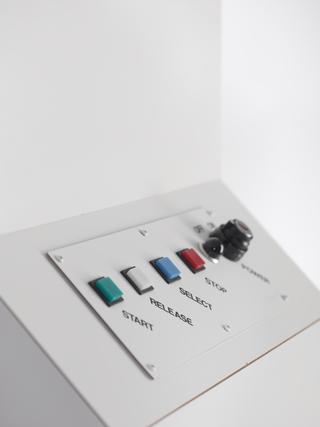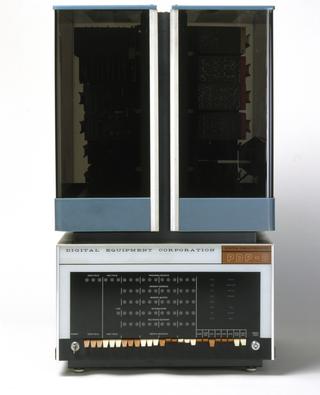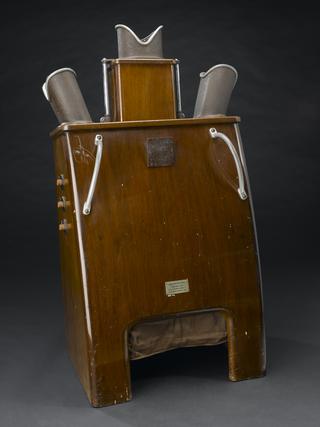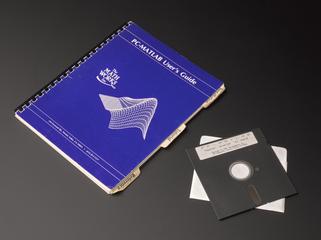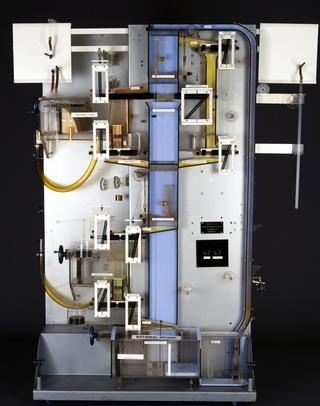
Babbage's Analytical Engine, 1834-1871. (Trial model)
- maker:
- Charles Babbage








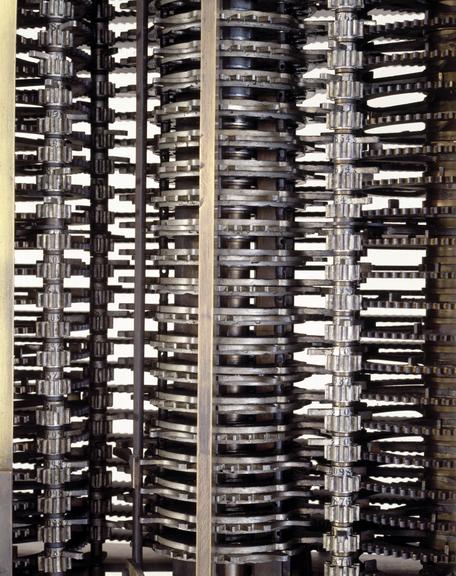
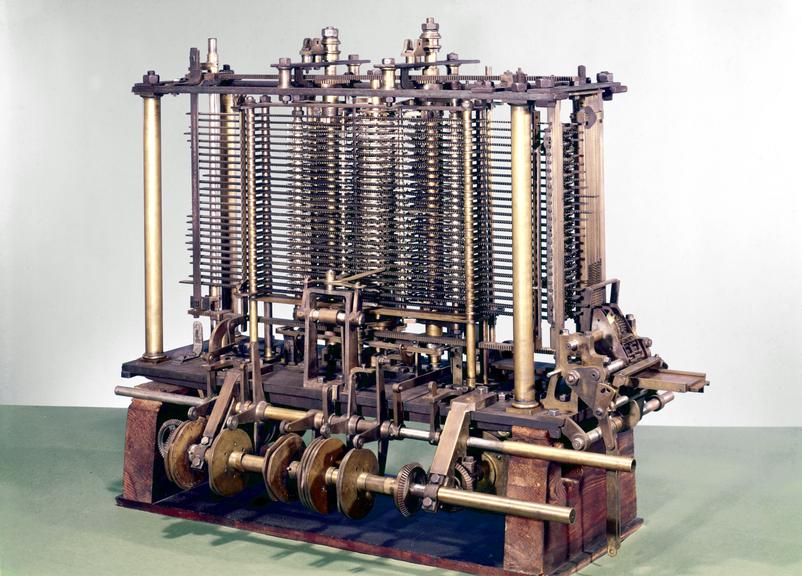


Portion of the mill of the Analytical Engine with printing mechanism, designed by Charles Babbage and under construction at the time of his death, London, 1834-1871.
This analytical engine, the first fully-automatic calculating machine, was constructed by British computing pioneer Charles Babbage (1791-1871), who first conceived the idea of an advanced calculating machine to calculate and print mathematical tables in 1812. Conceived by him in 1834, this machine was designed to evaluate any mathematical formula and to have even higher powers of analysis than his original Difference engine of the 1820s. Only part of the machine as a trial piece was completed before Babbage's death in 1871.
Details
- Category:
- Computing & Data Processing
- Object Number:
- 1878-3
- Materials:
- steel (metal), brass (copper, zinc alloy), bronze (copper, tin alloy), metal (unknown) and wood (unidentified)
- Measurements:
-
Overall: 1000 mm x 1250 mm x 600 mm,
- type:
- analytical engine, mill
- credit:
- Major-General Babbage
